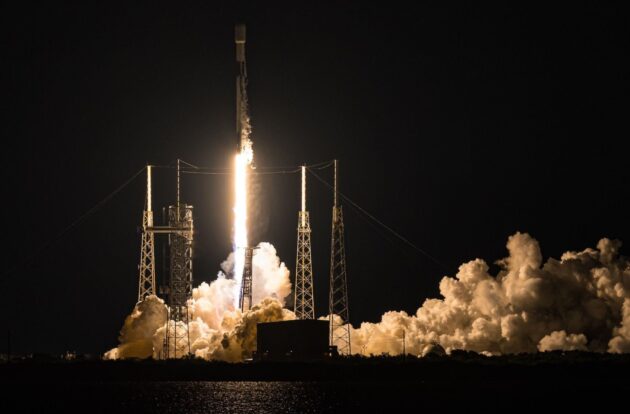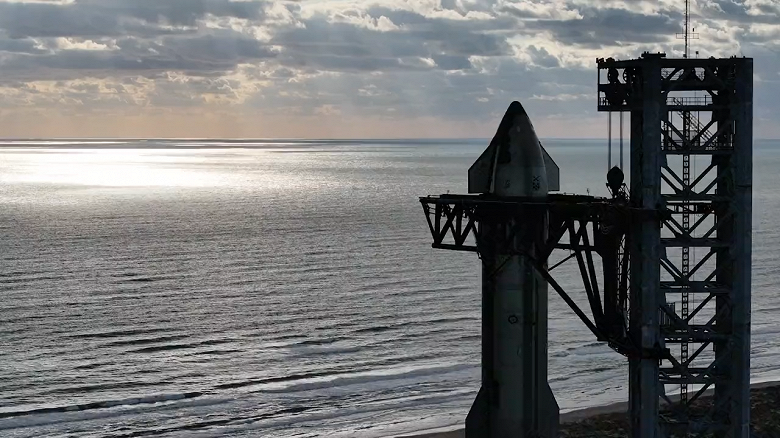Frost, snow and wind could not harm the work of the satellite Internet SpaceX Starlink – the speed reaches 175 Mbit / s
SpaceX’s Starlink satellite Internet provides users with high speeds reaching 175 Mbps even in strong winds, deep snow, and freezing temperatures. SpaceX beta users have posted photos and videos on the Starlink Reddit community, proving that the Starlink terminal is capable of handling extreme weather conditions, and in some cases even faster than usual.









